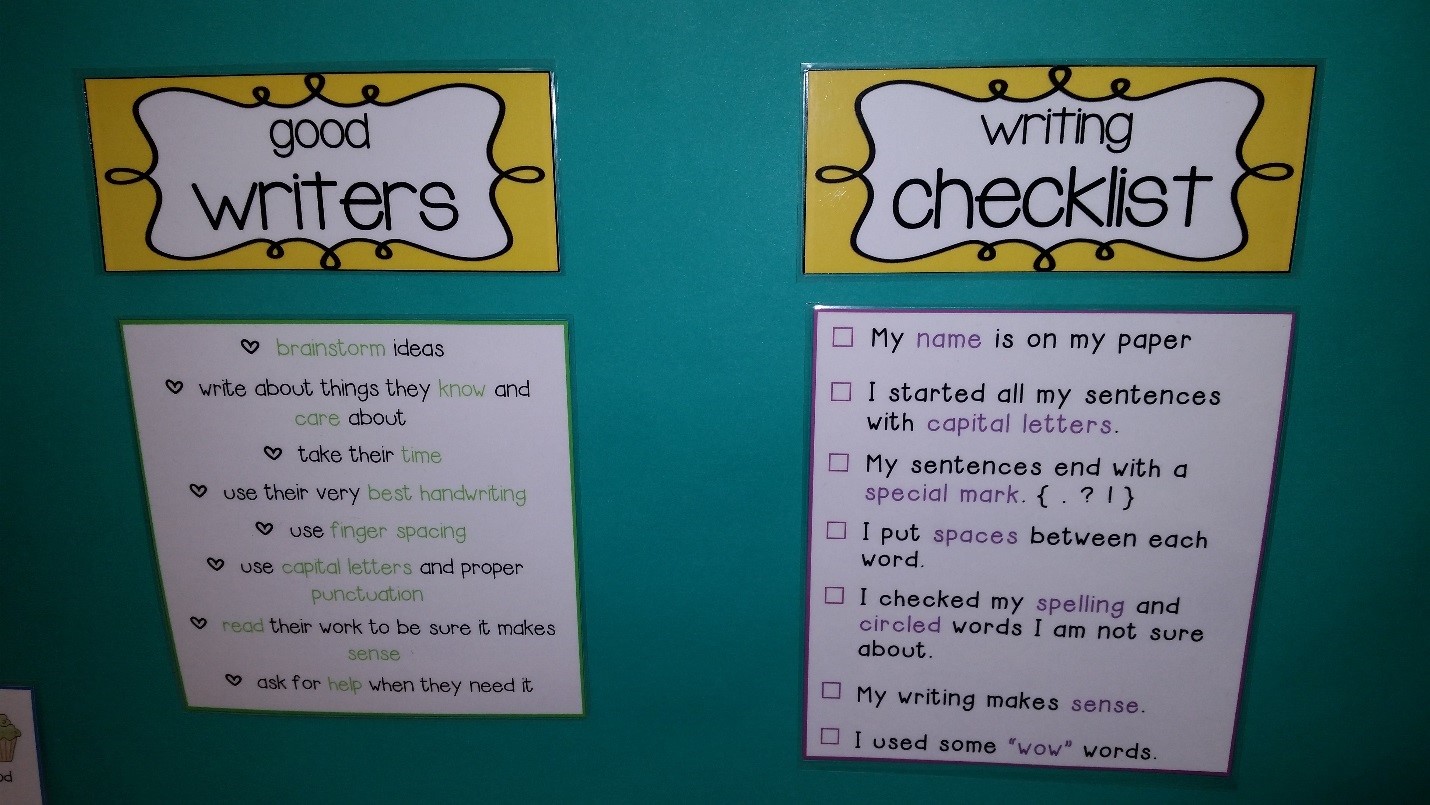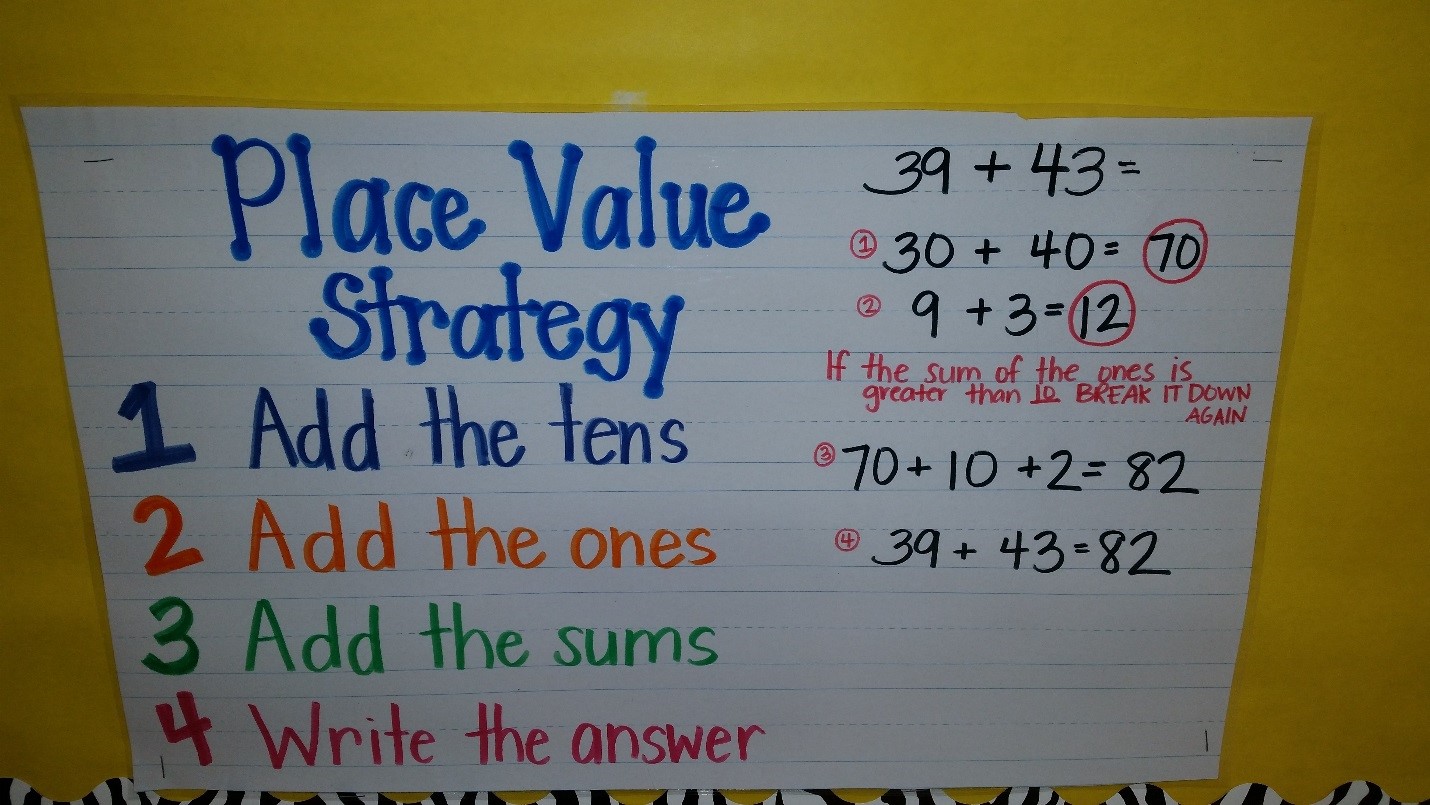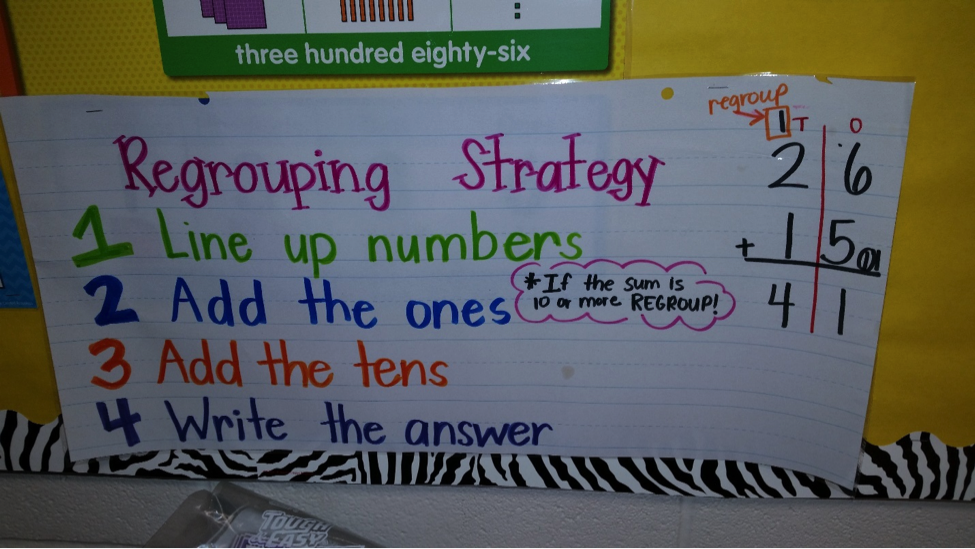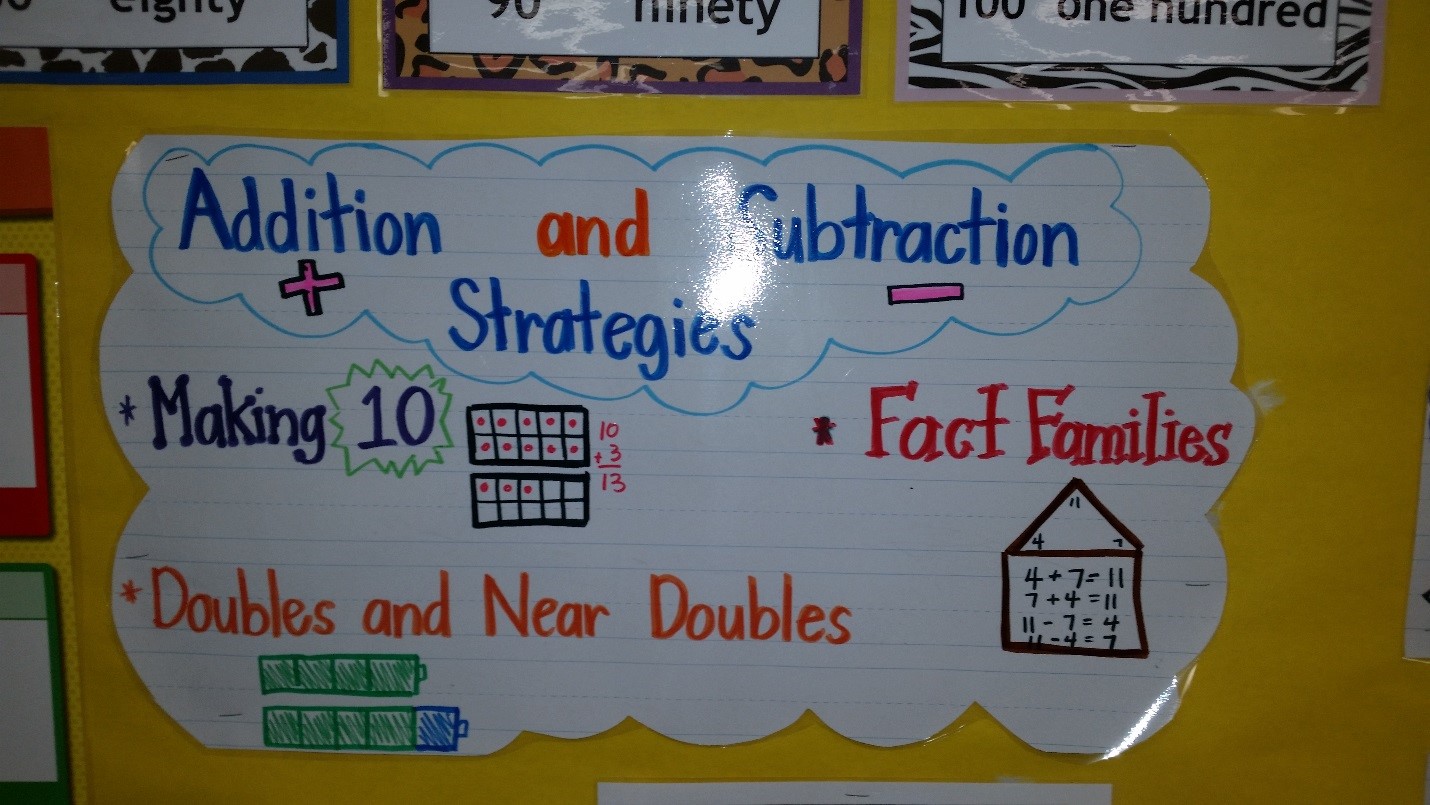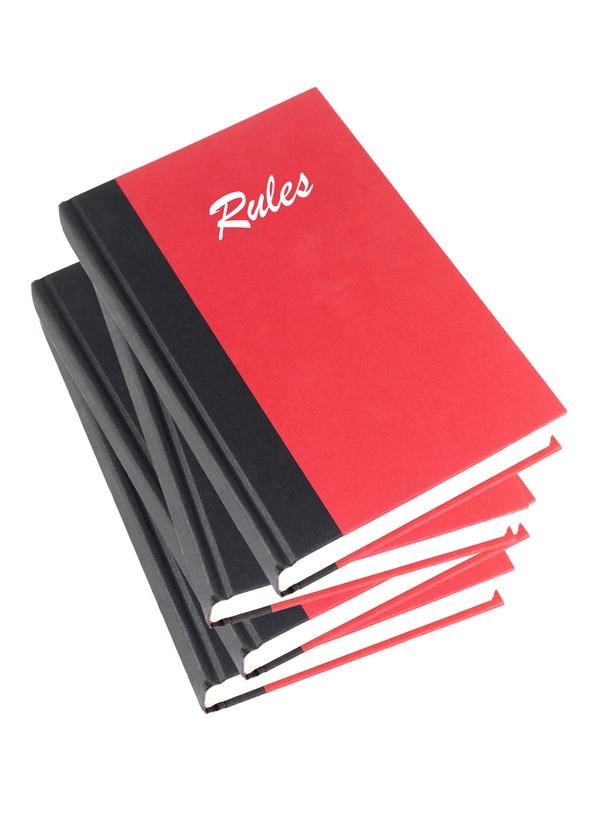Others with sensory processing disorder may:
- Be uncoordinated
- Bump into things
- Be unable to tell where their limbs are in space
- Be hard to engage in conversation or play
Adrienne Gaither, OTR, C-SIPT with the Autism Community Network in San Antonio Texas, addresses questions on Sensory Processing and how the disorder may apply to your child diagnosed with an Autism Spectrum Disorder.


